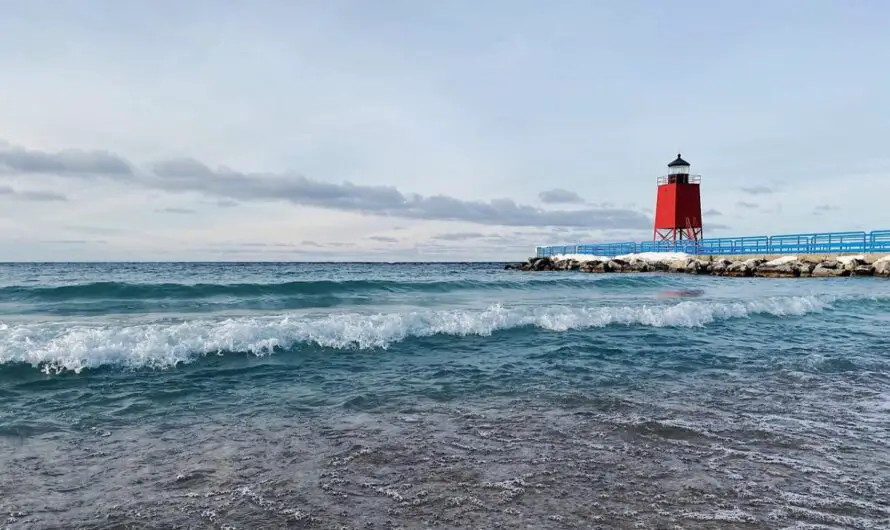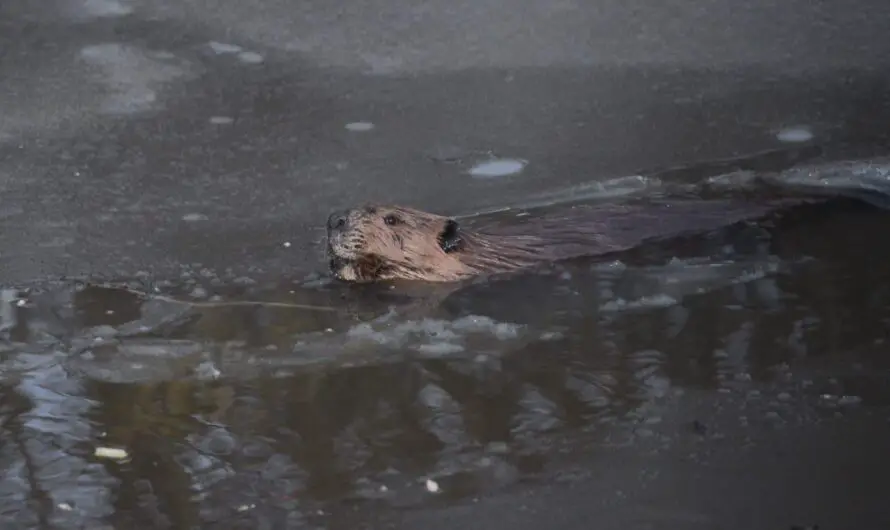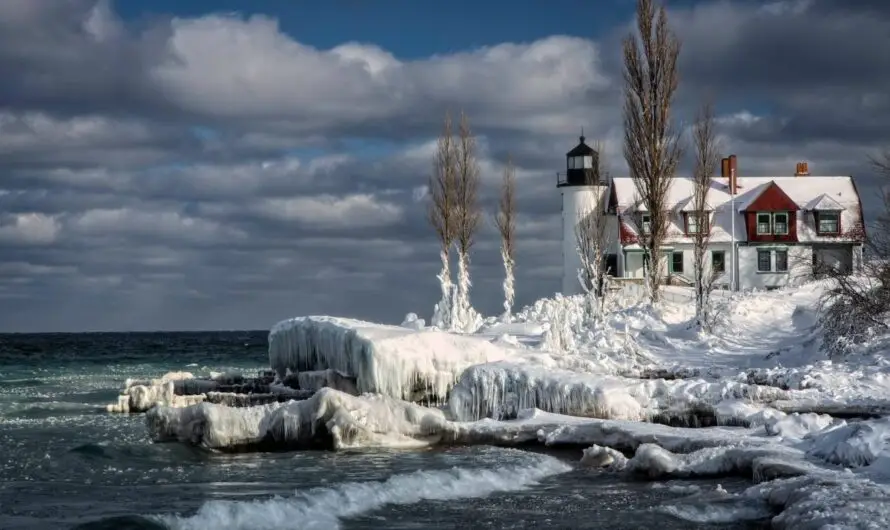What Is The Lawn Care Environmental Impact On the Great Lakes
The Great Lakes are, indeed, one of the great wonders of the world. Not only are they breathtaking in their beauty, but they are also home to some of the most biodiverse ecosystems on Earth. However, what’s lawn care’s environmental impact on this vital resource.









